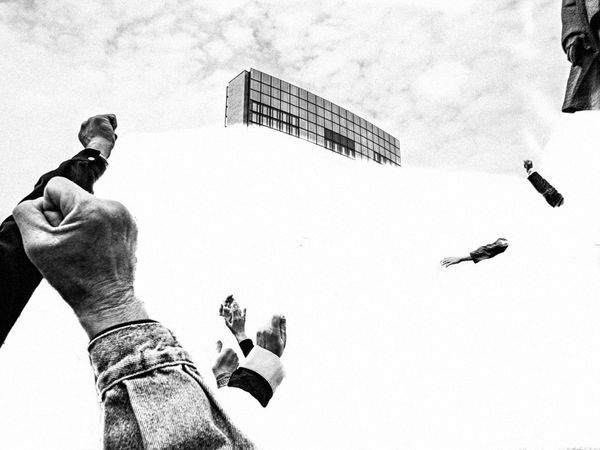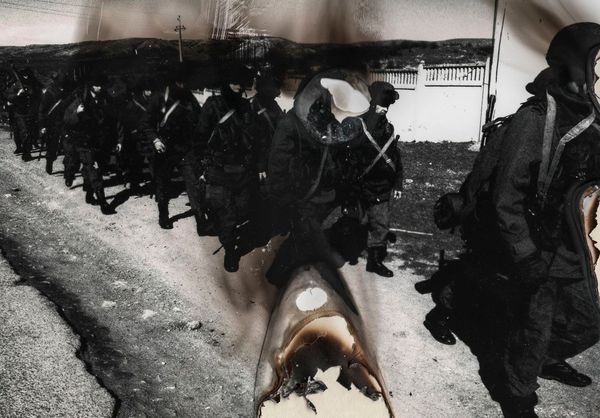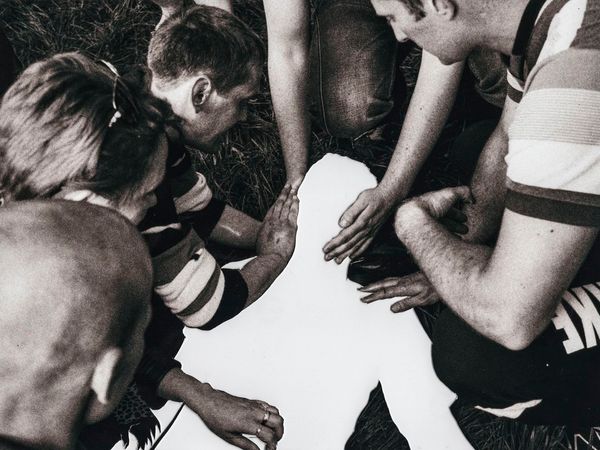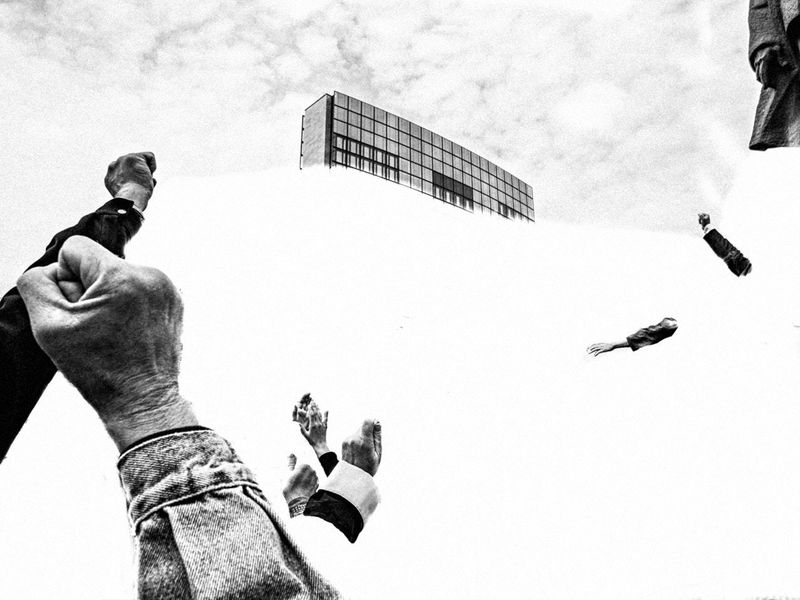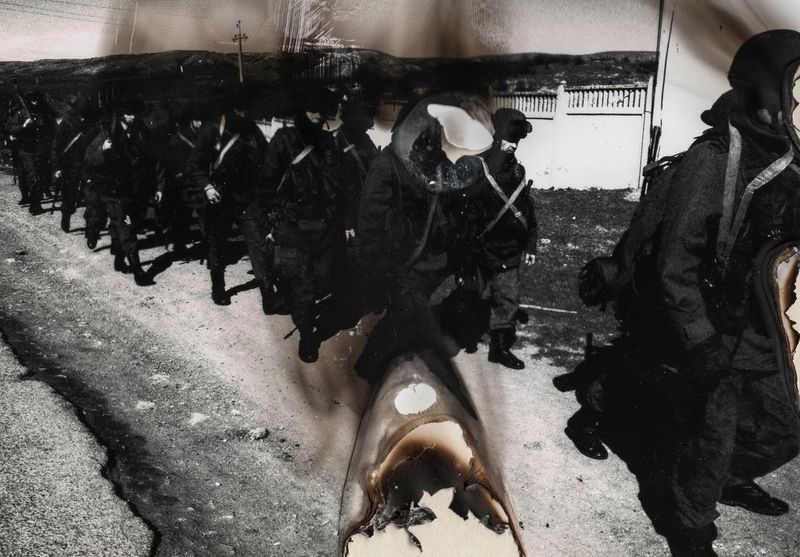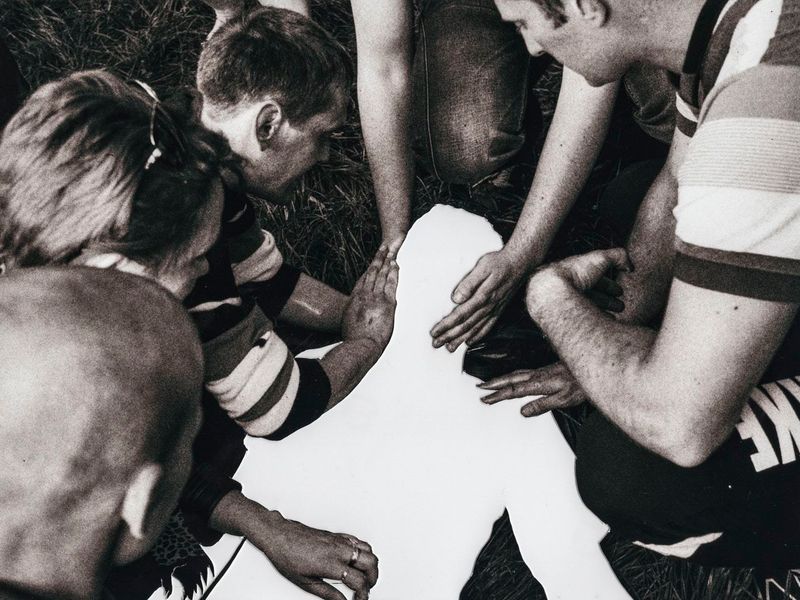Revisiting War Iconography
-
Published11 Jul 2018
-
Author
PHM 2018 Grant second prize winner, Paolo Ciregia reconstructs the reportage photographs from his private archives of the Russian-Ukrainian conflict to create a different iconographic repertoire of war.
PHM 2018 Grant second prize winner, Paolo Ciregia reconstructs the reportage photographs from his private archives of the Russian-Ukrainian conflict to create a different iconographic repertoire of war.
Paolo Ciregia has been documenting every chapter of the Russian-Ukrainian conflict for a couple of years - the riots in Maidan Square, the parting of Crimea, the war in the Donbass. Rather than delivering this material raw though, as it was published in media outlets throughout the conflict, Ciregia manipulated his photographs in order to revise the way we absorb the war. War iconography is charged with symbols; unavoidable representations that fail to stop the viewer despite their often shocking potential - a defining characteristic of what has become a genre.
A few years ago, the monumental exhibition, WAR/PHOTOGRAPHY: Images of Armed Conflict and Its Aftermath, curated by Anne Wilkes Tucker, proved that trend right. War photographs, like the events they document, are part of the collective memory, and thus follow the progression of war: from the acts that instigate armed conflict to “the fight,” to victory and defeat, and photos that memorialise a war, its combatants, and its victims.
Within this visual context, Ciregia aimed to “change the way we tell the war, without erasing the historical and cultural roots of such events”. Using cuts, writings, burns, and close-ups, he decontextualises his archival photographs and proposes another approach of war photography - one that, like the title of his series, Perestrojka, suggests, introduces fundamental reform to the current war photography grammar.
After Ciregia’s intervention, victims become invisible, turned into silhouettes piercing through the photograph with their sole pristine whiteness. The viewer is lead to focus on the hand gestures surrounding the cut as expressive marks of caring and anxiety. Some graphic symbols are also used, though in a metaphorical way - injuries are performed on a tree, whose open trunk sweats a bloody-like sap. Weapons are turned into sculpture, deprived of their operator and thus of their function. Revendications and protests are summarised by dismembered fists collaged in an empty landscape. Fire explosions of the fights are inflicted on the photographs themselves - a man standing behind two soldiers has his face erased by the burning of a photograph, another one by a precise scratching that feels like torture.
The manipulated images, while imbued with a virility that is inherent to war iconography, are rather anonymous – heads are almost always masked, often aggressively, as if to convey a sense of universality. Instead of identifying heroes as they've been made over the history of war photography, Ciregia’s images tend to give an importance to gesture, deciphering how war is made rather than by whom. And this, with a certain timelessness rendered by the altered photographs.
--------------
Paolo Ciregia lives and works in Italy. War, political ideologies, alienation, and means of mass control are topics on which he bases his practice and research. Follow him on PHmuseum, Twitter, and Instagram.
Laurence Cornet is a writer and curator based in Brooklyn focusing on cultural and environmental issues.
